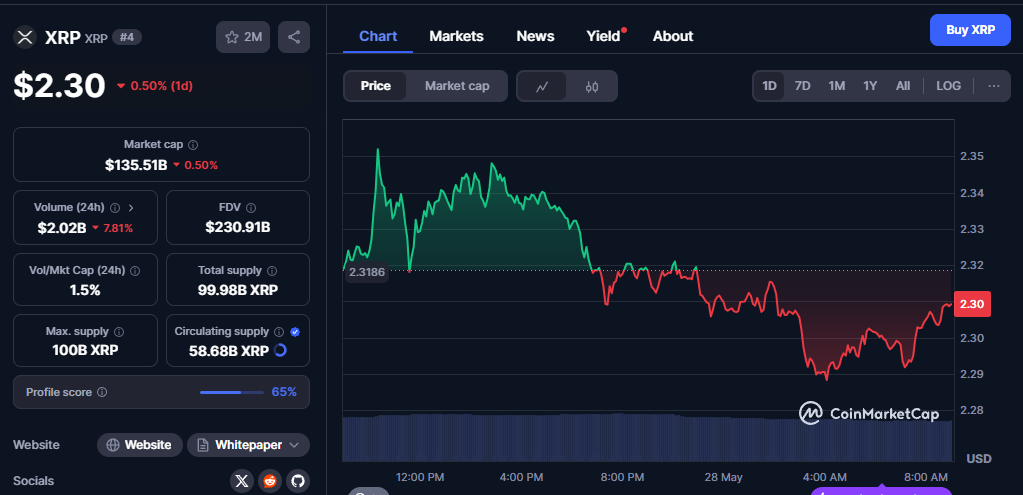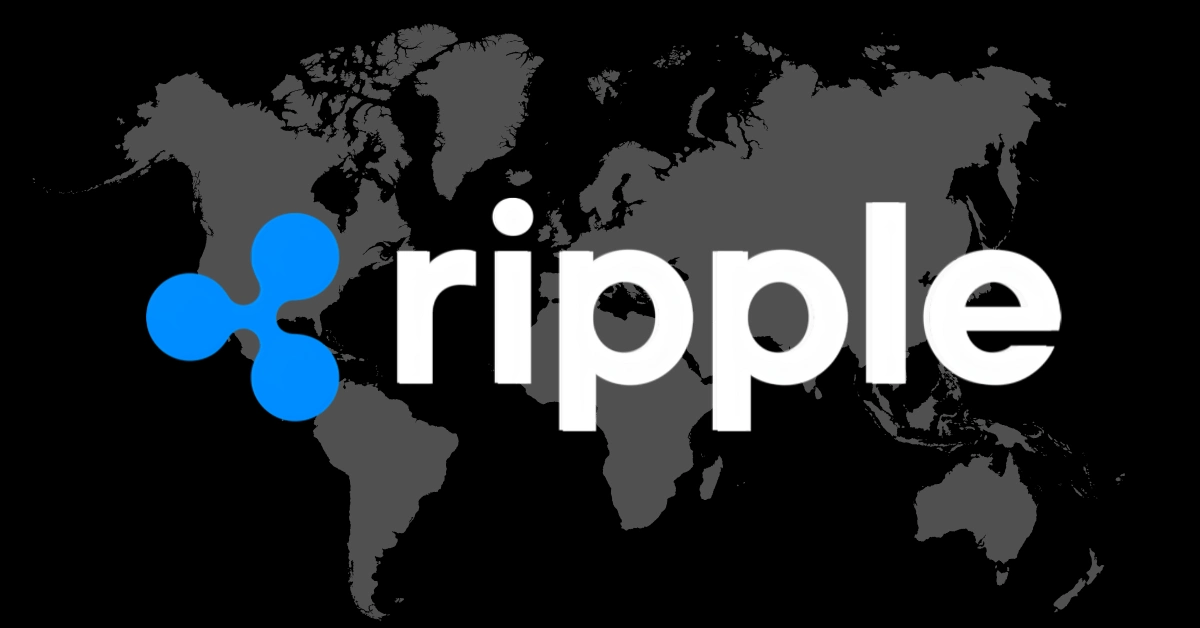- Ripple RLUSD stablecoin acts like a synthetic U.S. CBDC by using central bank-backed reserves and existing Fed payment systems without direct government issuance.
- This positions RLUSD as a practical digital dollar alternative amid regulatory and political delays in launching an official CBDC.
Ripple RLUSD stablecoin may be quietly setting the stage to become the United States’ first functional synthetic central bank digital currency (CBDC)—without needing a formal launch from the Federal Reserve.

Unlike traditional CBDCs directly issued by central banks, synthetic CBDCs are created by private institutions but are fully backed by central bank reserves. A recent analysis by digital asset researcher SMQKE highlights how RLUSD fits this mold, functioning within a regulatory structure while tapping into central bank infrastructure indirectly.
Also read: Gemini 2025 Report: Meme Coins Now the #1 Gateway for New Crypto Investors
RLUSD’s architecture is uniquely positioned. While Ripple lacks a Federal Reserve Master Account, its integration with financial technology provider Finastra gives it indirect access to Fed services like FedNow and the Fed’s Liquidity Management Tool. This connection enables settlement in central bank money—providing RLUSD with a level of institutional credibility most stablecoins lack.
SMQKE’s breakdown notes that existing Fed systems, including Fedwire, FedACH, and FedNow, already support wholesale, non-token-based CBDC functionality. That means the digital backbone for a central bank-issued dollar is already in place—RLUSD simply leverages it in a new way.
Regulatory and political hurdles have made a retail CBDC launch in the U.S. increasingly unlikely, at least in the near term. Former President Trump enacted a federal ban on digital currency initiatives, and even current Federal Reserve Chair Jerome Powell indicated in 2024 that a digital dollar is not imminent. Most experts now anticipate a hybrid future: stablecoins coexisting with limited-purpose government-backed digital dollars.
That opens the door for RLUSD to function as a blockchain-based dollar, fulfilling many of the goals of a CBDC—like enhanced transaction efficiency and financial stability—without a full-scale federal rollout.
In short, Ripple may have found a clever workaround. Through RLUSD, it’s building a stablecoin that acts like a digital dollar, plays by the regulatory rules, and uses the Fed’s own systems—without requiring the government to lift a finger.
The U.S. might not need to launch a CBDC at all. RLUSD could already be it.




